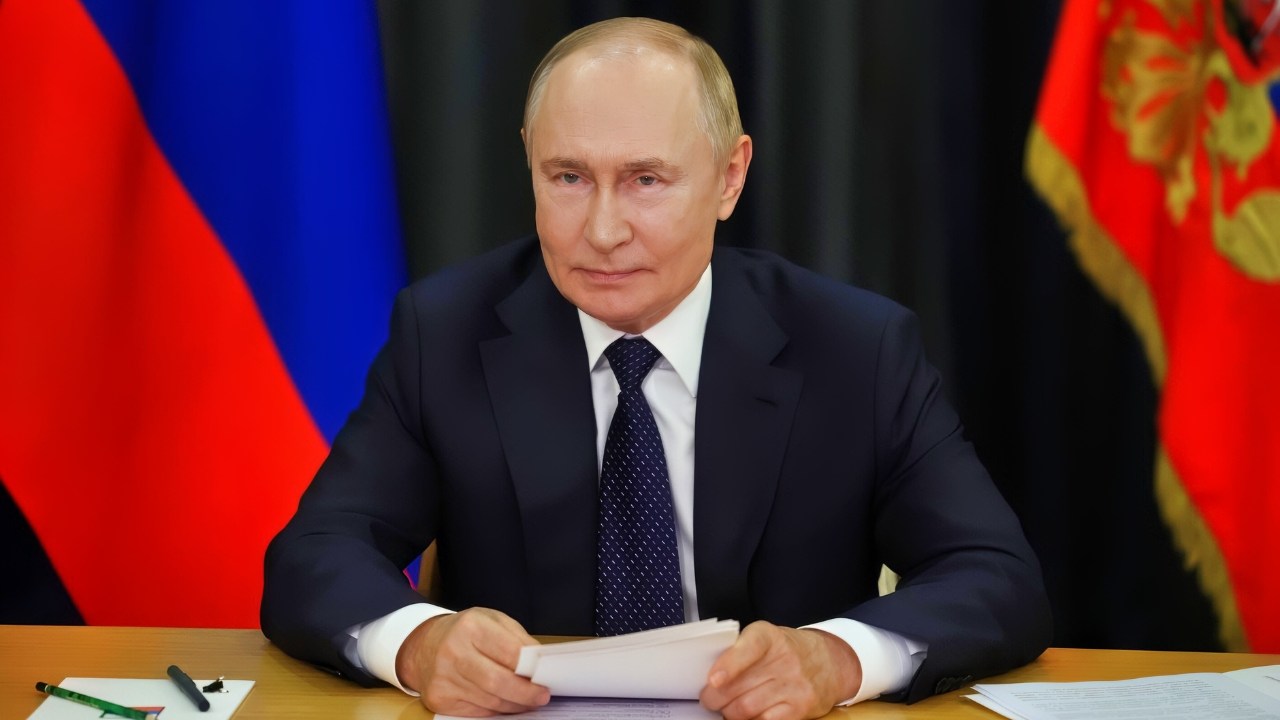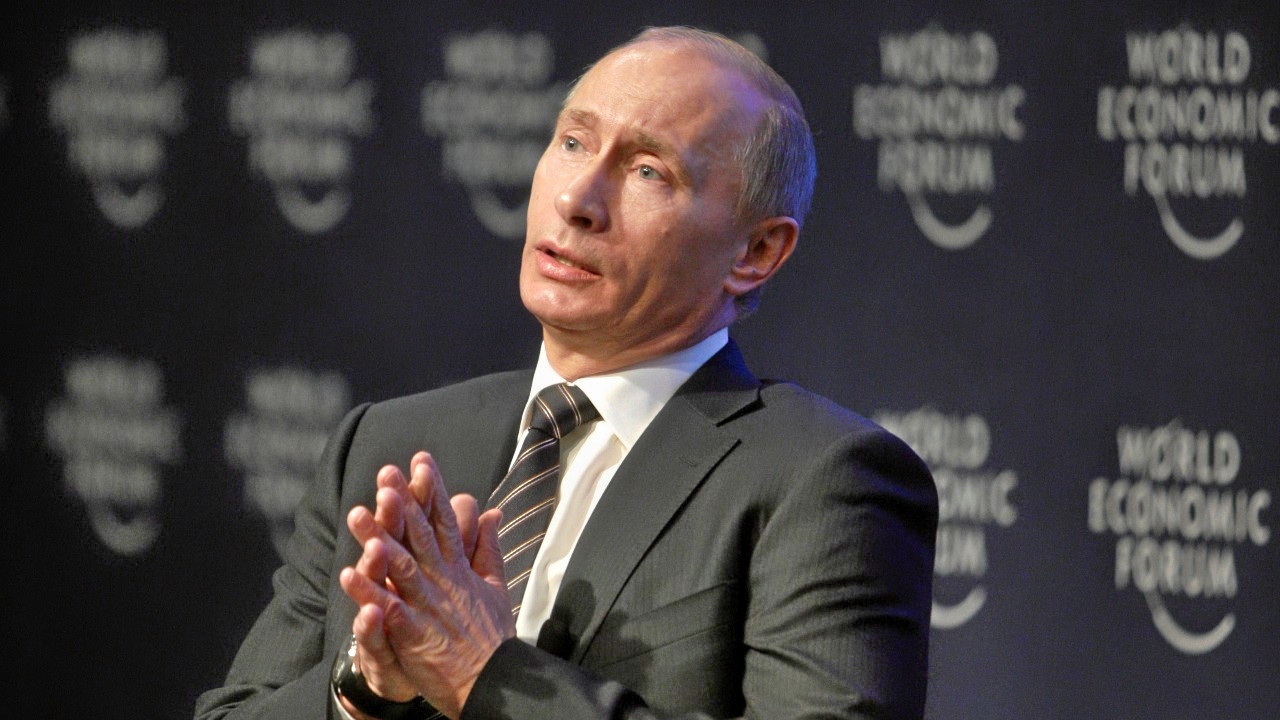Key Points and Summary – Moscow faced its third drone barrage this week, forcing three of its busiest airports—Sheremetyevo, Domodedovo, and Zhukovsky—to temporarily halt all flights for safety.
-Moscow’s mayor claimed 34 drones were intercepted over the weekend alone. In a separate overnight incident, drones struck a petrochemical complex in the southern Stavropol region, causing fires.

Putin in August 2025. Image Credit: Creative Commons.
-The attacks are part of Kyiv’s “sustained campaign” to hit Russian infrastructure, undermining its war economy and proving that Russia’s advanced S-400 air defenses, designed for missiles, are vulnerable to Ukraine’s cheap, slow-moving drones.
Moscow Faces Third Drone Barrage This Week
A barrage of drone strikes has been aimed at Moscow for the third day running, forcing the suspension of flights at three of its busiest airports.
Russia’s air transport agency Rosaviatsiya admitted late Tuesday that Sheremetyevo, Domodedovo, and Zhukovsky airports had restricted flights while air defences engaged with drones soaring toward the capital.
Similar disruptions occurred over the weekend, with Moscow Mayor Sergey Sobyanin claiming that on the night of October 26–27 alone, Russian forces intercepted some 34 drones.
Forbes contributor David Hambling described the situation as an “escalating series of attacks” that could mark the start of a sustained campaign against the city of 21.5 million people.
While Russia routinely claims that all incoming drones are destroyed and that any ground damage is caused by debris, videos circulated online frequently show direct hits on energy and industrial facilities.
Over the previous two nights, Russia’s defence ministry reported 35 drones shot down over the Moscow region.
The National Security Journal is unable to verify any online footage independently.
In a separate incident, several drones struck the Budyonnovsk industrial zone in Russia’s southern Stavropol region last night, targeting what local reports identified as a petrochemical and plastics complex. Videos shared on Russian Telegram channels showed fires burning at the site.
As per usual, Ukraine has not publicly claimed responsibility for the latest barrage.
However, officials in Kyiv have previously acknowledged its deliberate strategy to target Russian oil, energy, and military infrastructure in order to undermine Moscow’s war economy and expose ordinary Russians to the realities of the invasion.
The Russian capital is theoretically one of the best-defended cities in the world, protected by concentric rings of S-300 and S-400 missile systems.
Yet these are designed to counter ballistic threats, not small, slow-moving drones such as Ukraine’s domestically produced Lyutyi and Fire Point FP-1 models.
Kyiv has already made clear it has no plans to slow down its growing weapons manufacturing sector, and will reportedly have made 30,000 long-range drones by the end of the year. One major producer, Fire Point, claims to be building around 100 FP-1 drones per day.
Ukrainian intelligence chief Kyrylo Budanov has said that once Ukrainian drones bypass air defences near the border, “our drones’ flight over Russia is always trouble-free.”
For Russia, the attacks have become both a military and psychological test.
Despite President Vladimir Putin’s approval rating reportedly remaining high, analysts warn that repeated air raid alerts, smoke columns over Moscow, and travel disruptions could chip away at the Kremlin’s image of control.
Ukraine’s strikes are now a widening campaign designed to make Moscow bear at least part of the strain of its expansionist war.
Whether or not it will pressure the Kremlin back to the negotiating table remains to be seen.
About the Author: Georgia Gilholy
Georgia Gilholy is a journalist based in the United Kingdom who has been published in Newsweek, The Times of Israel, and the Spectator. Gilholy writes about international politics, culture, and education. You can follow her on X: @llggeorgia.
More Military
How an F-16 Fighter Barely Dodged 6 Surface-to-Air Missiles
The Mach 2.15 F-111 Aardvark Has a Message for the U.S. Air Force
The U.S. Army’s Bradley Fighting Vehicle Has a Message for Any Military On Earth
The U.S. Navy’s Great Missile Shortage
The F-14 Tomcat U.S. Navy Fighter Has A Message for Any Military On Earth










